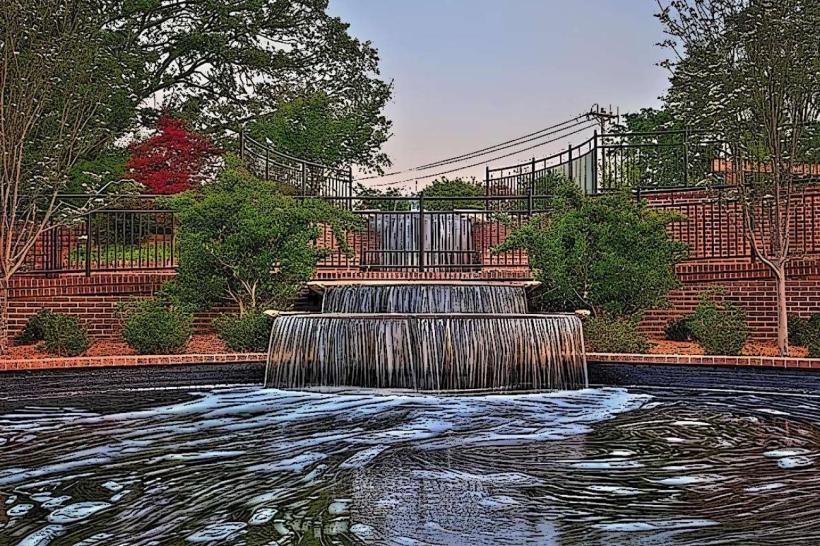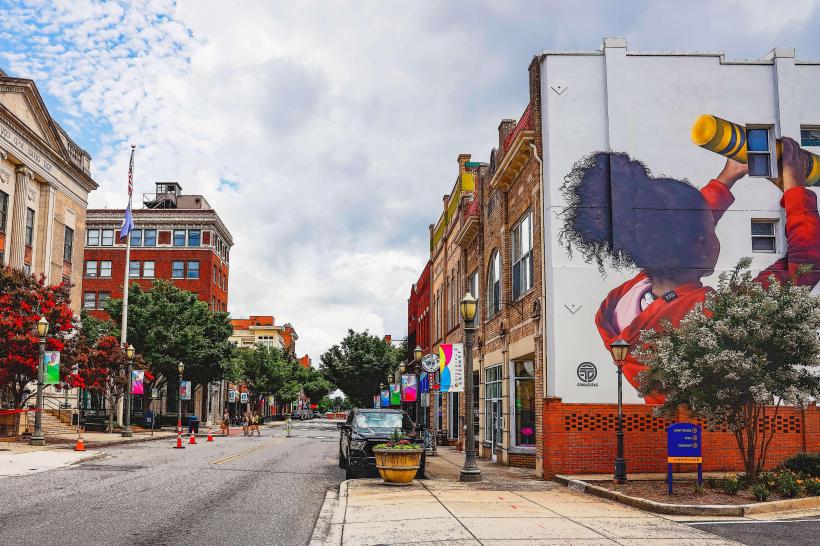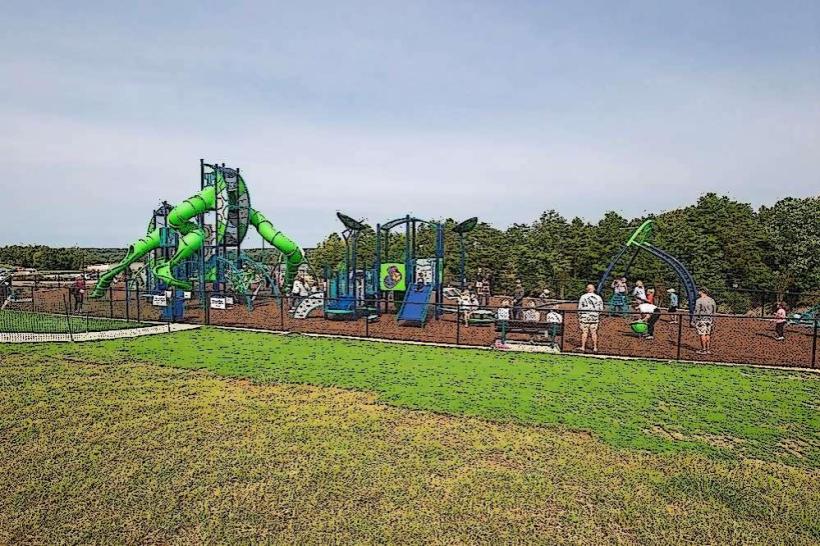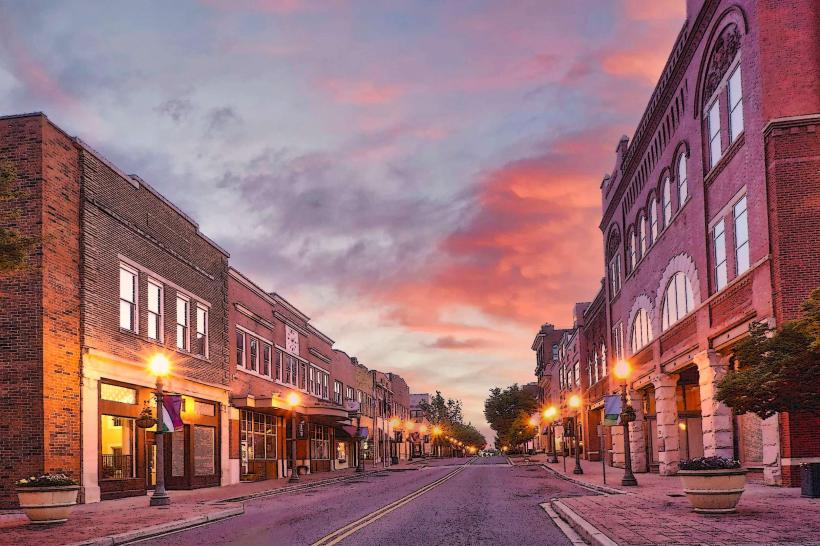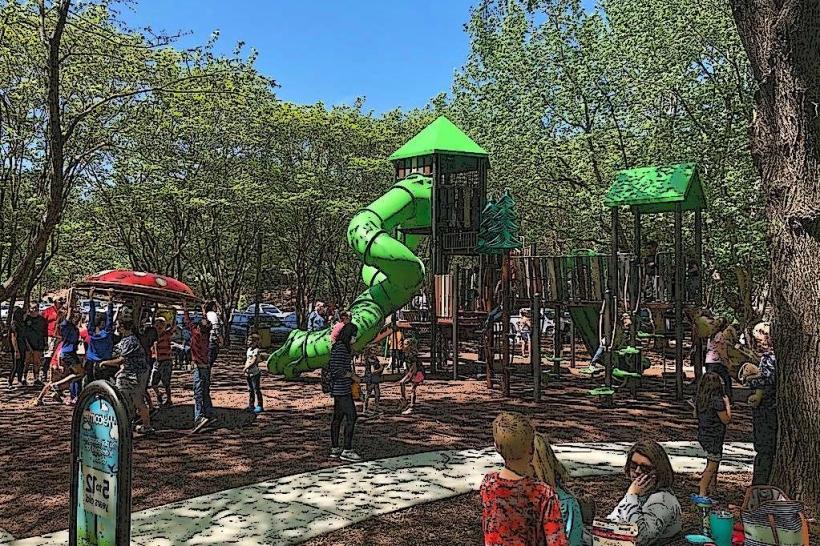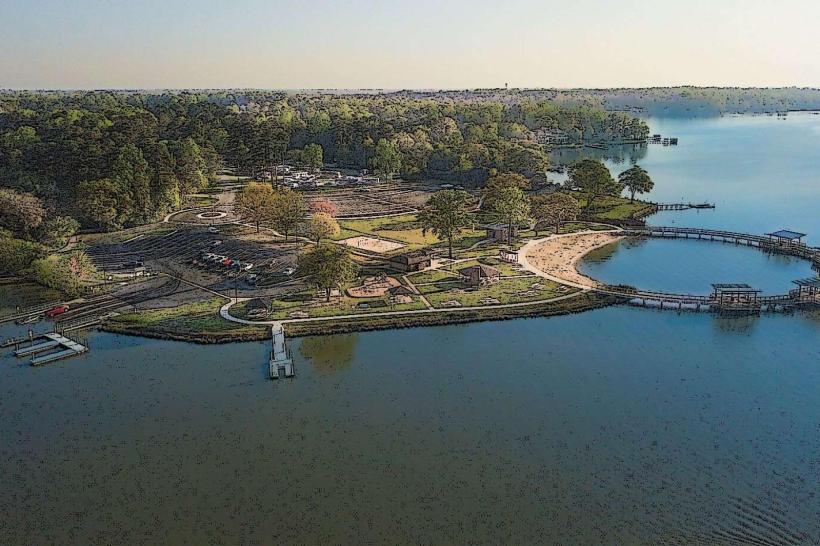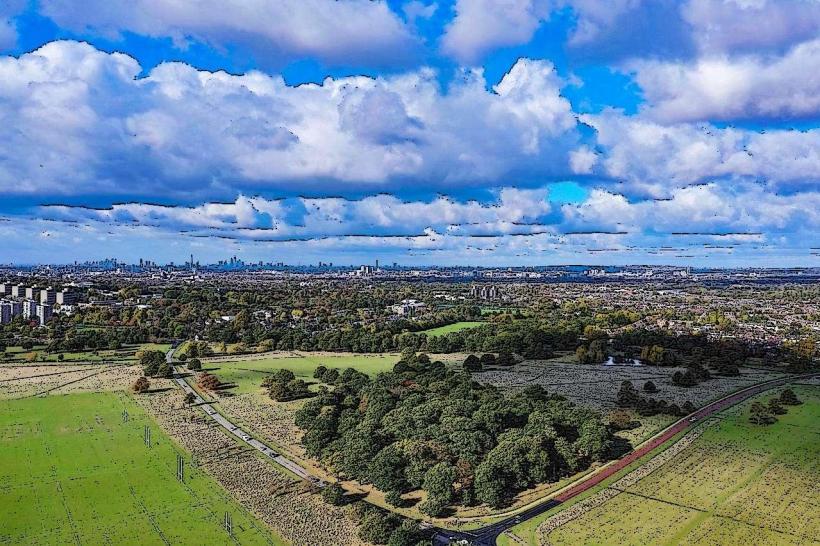Information
Landmark: Museum of York CountyCity: Rock Hill
Country: USA South Carolina
Continent: North America
Museum of York County, Rock Hill, USA South Carolina, North America
The Museum of York County in Rock Hill, South Carolina is a cultural and natural history museum dedicated to interpreting the heritage of the Carolina Piedmont region. It is part of the Culture & Heritage Museums of York County, which also includes Historic Brattonsville, the Main Street Children’s Museum, and the McCelvey Center. The museum combines exhibits, planetarium shows, and educational programming to tell the story of the land, people, and wildlife of the region.
History and Purpose
Established in 1950, the museum originally focused on natural history, emphasizing the plants and animals of the Piedmont.
Over time, it expanded its scope to include cultural history, art, and education.
The museum’s mission centers on connecting people to the natural world and local history, blending science, heritage, and culture.
Layout and Highlights
1. Naturalist Center
A hands-on study room with over 2,000 specimens-including animal skeletons, shells, minerals, fossils, and preserved wildlife.
Visitors, especially students, can touch and explore materials in a research-like setting.
2. Exhibits on the Carolina Piedmont
Detailed displays about the region’s ecosystems, wildlife, and geology.
Taxidermy dioramas illustrate animals in their natural habitats, giving a sense of the biodiversity of the area.
3. Hall of Natural History
Features life-sized dioramas showcasing species from around the world, from African mammals to Appalachian wildlife.
Focuses on both global connections and the importance of conservation.
4. Settlemyre Planetarium
A state-of-the-art digital planetarium with immersive shows about astronomy, space exploration, and natural sciences.
Regularly updated programs attract both school groups and astronomy enthusiasts.
5. Carolina Piedmont Art & History Exhibits
Rotating art and cultural history exhibits highlight regional artists, folk traditions, and themes connecting nature to human history.
Educational Role
Offers field trips, workshops, and interactive programs for schools and families.
Hosts lectures, stargazing nights, and special programs tied to astronomy, paleontology, or conservation.
Encourages children’s engagement through science camps, craft activities, and family days.
Community and Cultural Importance
Serves as one of Rock Hill’s primary cultural institutions, connecting residents to the unique history and environment of York County.
Functions as both a research center and a public museum, bridging education and entertainment.
Strengthens community identity by focusing on the distinct landscapes, animals, and cultural traditions of the Piedmont.
Visitor Tips
The planetarium shows are a highlight and often sell out, so checking schedules in advance is useful.
Families will appreciate the interactive areas, especially the Naturalist Center for hands-on exploration.
The museum is part of the larger Culture & Heritage Museums system, so visitors can explore multiple connected sites with combined passes.
Quiet weekday mornings are ideal for those who want to enjoy exhibits at a slower pace without large groups.
The Museum of York County blends science, history, and art, creating a space where visitors can explore the natural heritage of the Carolina Piedmont while also engaging with the broader story of the natural world. It is both a community hub for education and a regional destination for cultural tourism.


